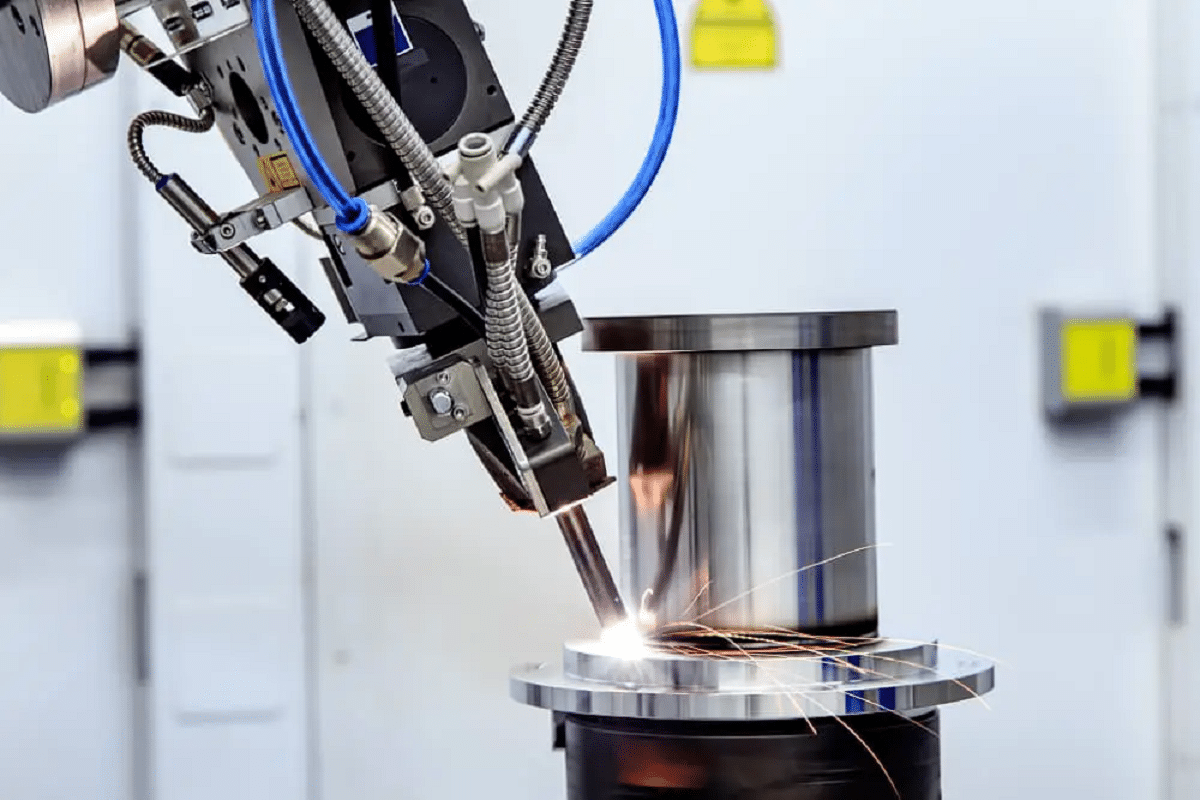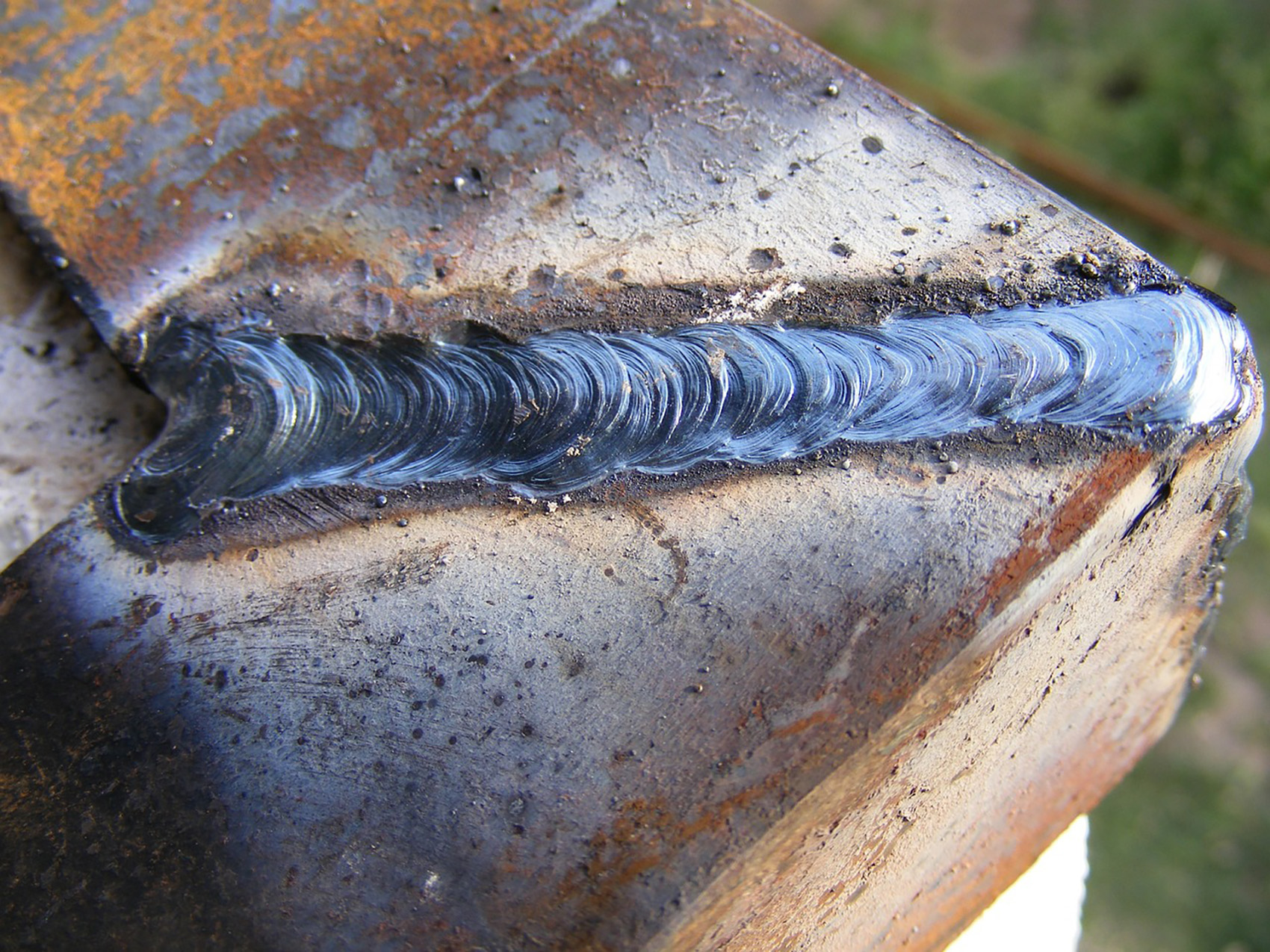Preventing Weld Undercut: Proven Methods Every Welder Should Know
Preventing Weld Undercut: Proven Methods Every Welder Should Know
Blog Article
Important Tips for Welders: Avoiding Undercut Welding and Ensuring Stronger Weld Joints
In the realm of welding, accomplishing resilient and solid weld joints is the cornerstone of generating high-quality job. However, one typical challenge that welders typically run into is undercut welding, which can endanger the stability of the weld joint. By understanding the aspects that add to damaging and implementing the right techniques and precautions, welders can properly avoid this problem and make certain the long life and toughness of their welds. Let's explore some important ideas that can assist welders browse this obstacle and boost the top quality of their welding tasks.

Understanding Undercut Welding
Undercut welding is a typical welding issue that occurs when the weld metal stops working to properly load the groove and causes a groove-like clinical depression along the weld bead. This issue deteriorates the weld joint, making it at risk to cracking and failing under anxiety. Damaging can be triggered by numerous factors, including excessive welding current, high welding speed, incorrect electrode angle, wrong electrode dimension, and poor welding technique.
Among the main factors for undercut welding is an imbalance in between the welding present and the welding speed. If the welding current is also high or the welding speed is as well fast, the weld steel may not sufficiently fill up the groove, resulting in undercutting. Additionally, utilizing an electrode that is also big can result in a similar outcome, as the excess steel can not properly move into the groove.
To stop undercut welding, welders need to guarantee they are using the appropriate welding criteria, preserve a suitable electrode angle, pick the proper electrode dimension, and practice appropriate welding methods. By attending to these variables, welders can lessen the risk of undercutting and create more powerful, extra trustworthy weld joints.
Correct Welding Technique
Reliable welding strategy plays an essential duty in guaranteeing the top quality and integrity of weld joints. One essential aspect of appropriate welding technique is preserving the appropriate angle and range between the welding gun and the workpiece.
Furthermore, a steady and consistent hand activity is crucial for developing strong and sturdy weld joints. Welders must intend for smooth, uniform movements to ensure even circulation of the weld product. Appropriate adjustment of the welding gun and filler product is likewise vital to accomplishing ideal penetration and blend.
Additionally, controlling the warm input and selecting the ideal welding criteria based on the product being welded are critical aspects in achieving high-grade welds - Preventing weld undercut. Welders must adhere to the recommended setups given by welding procedure requirements and change them as required based upon the particular requirements of the project. By understanding correct welding methods, welders can substantially improve the toughness and integrity of their weld joints
Picking the Right Electrode
Maintaining the appropriate angle and distance in between the welding weapon and the work surface is essential when taking into consideration the importance of selecting the right electrode in welding applications. The choice of electrode plays an important duty in figuring out the top quality and strength of the weld joint. Electrodes are available in various types, each designed for certain objectives and materials.
To start with, selecting the ideal electrode diameter is essential. Thinner electrodes Website appropriate for welding thin products, while thicker electrodes are better for thicker materials and greater warmth applications. Matching the electrode diameter to the thickness of the work surface aids attain a well balanced weld.
Secondly, recognizing the material composition of the electrode is important. Various electrodes are created for welding certain materials like steel, stainless-steel, aluminum, or cast iron. Using the proper electrode material makes certain great combination and reduces the threat of problems in the weld.
Lastly, considering the welding position and strategy is vital when picking the electrode type. For example, particular electrodes are much better fit for vertical or overhanging welding positions, while others work well for flat or straight settings. Picking the best electrode based on the welding strategy improves the general weld quality and integrity.
Preparing the Base Steel
To make sure an effective welding procedure, what initial steps should be taken when preparing the base metal for welding? Effectively preparing the base metal is essential for accomplishing sturdy and solid weld joints. The very first step in preparing the base steel is to cleanse it extensively to eliminate any kind of impurities such as rust, dust, oil, or paint. This can be done utilizing a cable mill, brush, or chemical solvents. Additionally, any kind of existing weld material or deposit navigate to these guys from previous welding need to be eliminated to make certain a clean surface area for the brand-new weld.

Performing Post-Weld Evaluations

After carrying out these assessments, welders should compare the results against market requirements and job demands to guarantee that the weld joint meets all required standards. Any discrepancies or insufficiencies uncovered throughout the post-weld inspection should be immediately attended to via appropriate rehabilitative measures to guarantee the weld's integrity. By faithfully performing post-weld inspections and quickly addressing any kind of issues, welders can promote the quality and dependability of their work, ultimately adding to the safety and security and long life of the welded structures.
Verdict

In verdict, avoiding undercut welding and making sure stronger weld joints need a mix of correct welding method, selecting the best electrode, preparing the base metal properly, and performing post-weld inspections. By comprehending the reasons of undercut welding and implementing the necessary safety measures, welders can generate high-quality weld joints that meet market requirements and guarantee the architectural honesty of the welded elements.
Undercut welding is a typical welding issue that occurs when the weld steel falls short to properly fill the groove and results in a groove-like depression along the weld grain (Preventing weld undercut). Undercutting can be triggered by different elements, including extreme welding existing, high welding speed, incorrect electrode angle, inaccurate electrode size, and poor welding method
One of the primary reasons for undercut welding is an inequality in between the Click This Link welding current and the welding rate. If the welding current is as well high or the welding speed is as well quick, the weld steel may not adequately fill up the groove, leading to undercutting.Keeping the appropriate angle and range between the welding gun and the work surface is fundamental when taking into consideration the significance of choosing the ideal electrode in welding applications.
Report this page